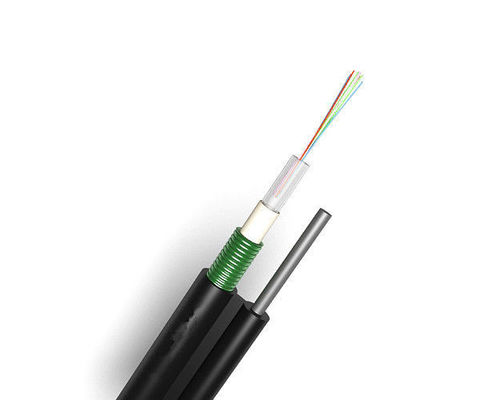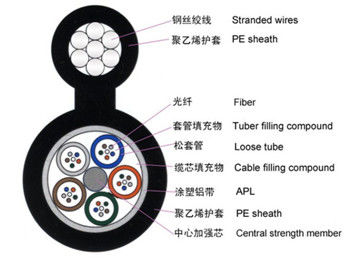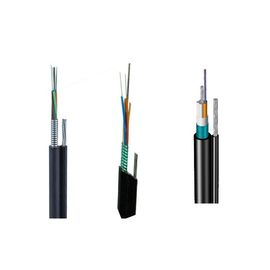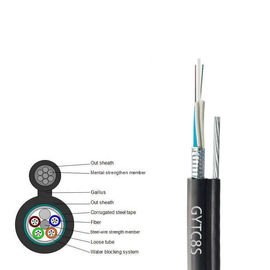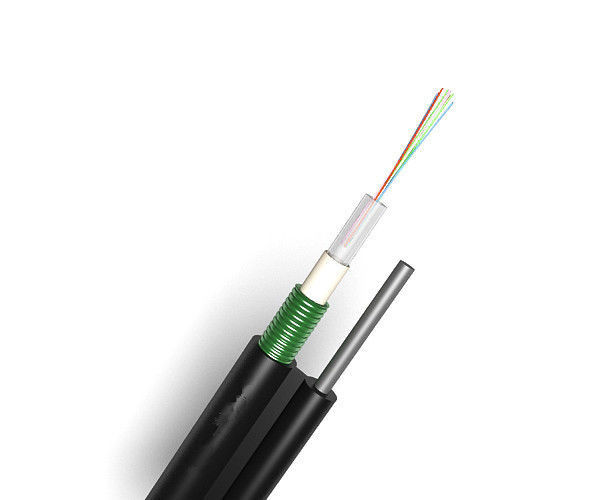PBT Fiber Optic Cable GYTC8S 2-144 Core Outdoor Aerial Self Support Singlemode Figure 8
Product Details:
| Place of Origin: | China |
| Brand Name: | TTI Fiber |
| Certification: | ISO 9001, ISO 14001, REACH, ROHS, CE and CPR certificates |
| Model Number: | GYTC8S |
Payment & Shipping Terms:
| Minimum Order Quantity: | 1000 |
|---|---|
| Price: | Negotiable |
| Packaging Details: | Wooden drum |
| Delivery Time: | 3-7 work day |
| Supply Ability: | 10000 Meter/Meters per Week |
|
Detail Information |
|||
| Loose Tube Material: | PBT | Strength Member: | Steel Wire |
|---|---|---|---|
| Material Of Jacket: | PE | Operating Tempeature: | -40℃~+70℃ |
| Package: | Wooden Drum | Installation: | Aerial |
| Type: | Singlemode | Fiber Count: | 2-144Cores |
| Highlight: | multimode fiber patch cord,fiber optical cable |
||
Product Description
GYTC8S Fiber Optic Cable 2-144 Core Outdoor Aerial Self Support Singlemode Figure 8
Description
GYTC8S is a typical self-supporting outdoor fiber optical cable. The mental strength member is made up of stranded wires as the supporting part are completed with a polyethylene(PE) sheath to be figure 8 structure. Corrugated steel tape armored and PE outer sheath providing crush resistance and gun shot resistance features. The steel-wire strength member as the central strength improves the tensile strength and it is surrounded by the loose tube and water blocking system. It's suitable for installation in aerial, used for long distance and LAN communication systems.
Characteristics
High tensile strength of stranded wires meet the requirement of self-supporting and reduce installation cost
Good mechanical and temperature performance
High strength loose tube that is hydrolysis resistant
Special tube filling compound ensure a critical protection of fiber
The following measures are taken to ensure the cable watertight:
1. Steel wire used as the central strength member
2. Loose tube filling compound
3. 100% cable core filling
4. APL moisture barrier
Technical data:
| Optical Characteristics | ||||||||||||||||||||||||||||||||||||||||||||||||||||||||||||||||||||||||||||||||||||||
|
||||||||||||||||||||||||||||||||||||||||||||||||||||||||||||||||||||||||||||||||||||||
| Optical Characteristics | ||||||||||||||||||||||||||||||||||||||||||||||||||
|
||||||||||||||||||||||||||||||||||||||||||||||||||
Feature and Application
1, Small cable diameter, cross section shows figure 8
2,Self-supporting stranded wires, easily to install
3,Low dispersion and attenuation
4,Excellent mechanical and environmental performance
5,Water blocking system to improve the water-proof ability
6,Steel-wire strength member ensures tensile strength
7,Corrugated steel tape armored and PE outer sheath improve crush resistance
8,Outdoor aerial application
9,Used for long-haul communication Used for LAN communication,Subscriber network systems,Junction communication systems,CATV & Computer networks system
![]()
![]()
![]()



